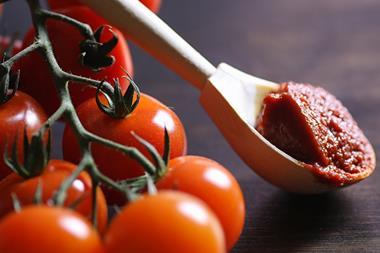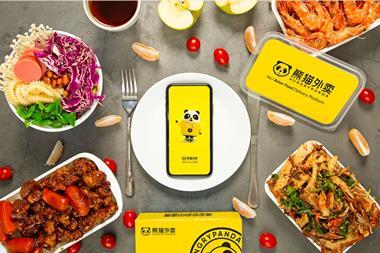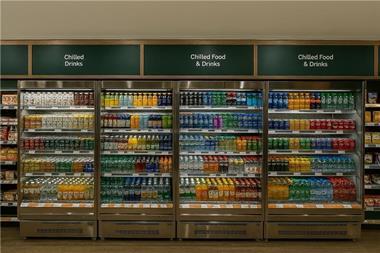Industry fears ‘simplistic’ systems as traffic light momentum builds
Food industry chiefs have warned against “simplistic” labelling schemes that could lead to consumers eliminating certain foods from their diets.
The warning came as the Food Standards Agency revealed that its consumer groups had chosen two traffic-light labelling schemes out of five signposting systems. One extended traffic light system and two that did not use colour-coding were rejected.
FSA officials will meet industry figures to discuss how each of the five systems could be put into practice. Any scheme would be voluntary, but all retailers and manufacturers would be urged to adopt it.
However this week BRC director general Kevin Hawkins said: “Retailers have always been happy to discuss sensible
proposals but these have to be underpinned by sound medical and nutritional research.”
And FDF deputy director general Martin Paterson said: “Schemes which categorise products into good and bad could mislead consumers.”
However, all five proposals will be subjected to further research. Consumers will be asked what types of foods they want to see included. The FSA has yet to decide how it should be implemented in practice.
FSA director of consumer choice and dietary health Gill Fine admitted that problems in branding foods with colours were yet to be tackled. But she said: “It is not about demonising foods. We have an indication from consumers of what they want and the next stage is to see how it works in practice.”
A 12-week FSA consultation on nutrient profiling is also now under way. That will categorise foods according to their fat, sugar and salt content. The information will be used as a guide for labelling, and may also be used for TV advertising and vending machines. It could later be developed for children.
As a voluntary system, any signposting system could hit shelves quickly, probably by 2006 as specified in the Public Health White Paper, and would not conflict with EU law, said Fine.
Simple traffic lights, and a multiple system colour-coding fat, sugar, salt and saturates were found the most helpful by consumers. Signposting based on guideline daily amounts, a five-colour guide and a healthy eating logo were rejected as too complicated, or unhelpful.
>>GDAs, Opinion and Letters, p26
Amy Balchin
Food industry chiefs have warned against “simplistic” labelling schemes that could lead to consumers eliminating certain foods from their diets.
The warning came as the Food Standards Agency revealed that its consumer groups had chosen two traffic-light labelling schemes out of five signposting systems. One extended traffic light system and two that did not use colour-coding were rejected.
FSA officials will meet industry figures to discuss how each of the five systems could be put into practice. Any scheme would be voluntary, but all retailers and manufacturers would be urged to adopt it.
However this week BRC director general Kevin Hawkins said: “Retailers have always been happy to discuss sensible
proposals but these have to be underpinned by sound medical and nutritional research.”
And FDF deputy director general Martin Paterson said: “Schemes which categorise products into good and bad could mislead consumers.”
However, all five proposals will be subjected to further research. Consumers will be asked what types of foods they want to see included. The FSA has yet to decide how it should be implemented in practice.
FSA director of consumer choice and dietary health Gill Fine admitted that problems in branding foods with colours were yet to be tackled. But she said: “It is not about demonising foods. We have an indication from consumers of what they want and the next stage is to see how it works in practice.”
A 12-week FSA consultation on nutrient profiling is also now under way. That will categorise foods according to their fat, sugar and salt content. The information will be used as a guide for labelling, and may also be used for TV advertising and vending machines. It could later be developed for children.
As a voluntary system, any signposting system could hit shelves quickly, probably by 2006 as specified in the Public Health White Paper, and would not conflict with EU law, said Fine.
Simple traffic lights, and a multiple system colour-coding fat, sugar, salt and saturates were found the most helpful by consumers. Signposting based on guideline daily amounts, a five-colour guide and a healthy eating logo were rejected as too complicated, or unhelpful.
>>GDAs, Opinion and Letters, p26
Amy Balchin
















No comments yet